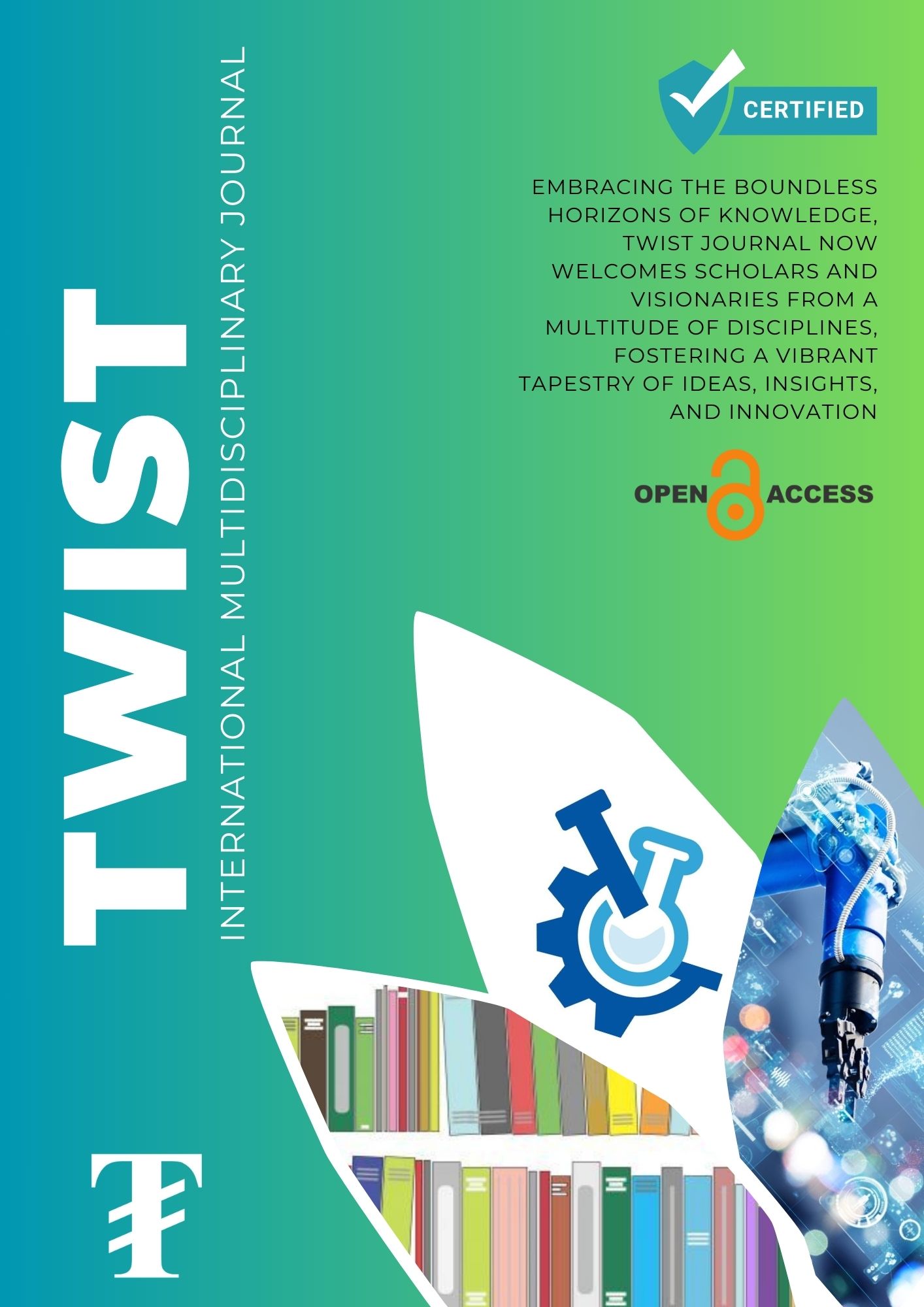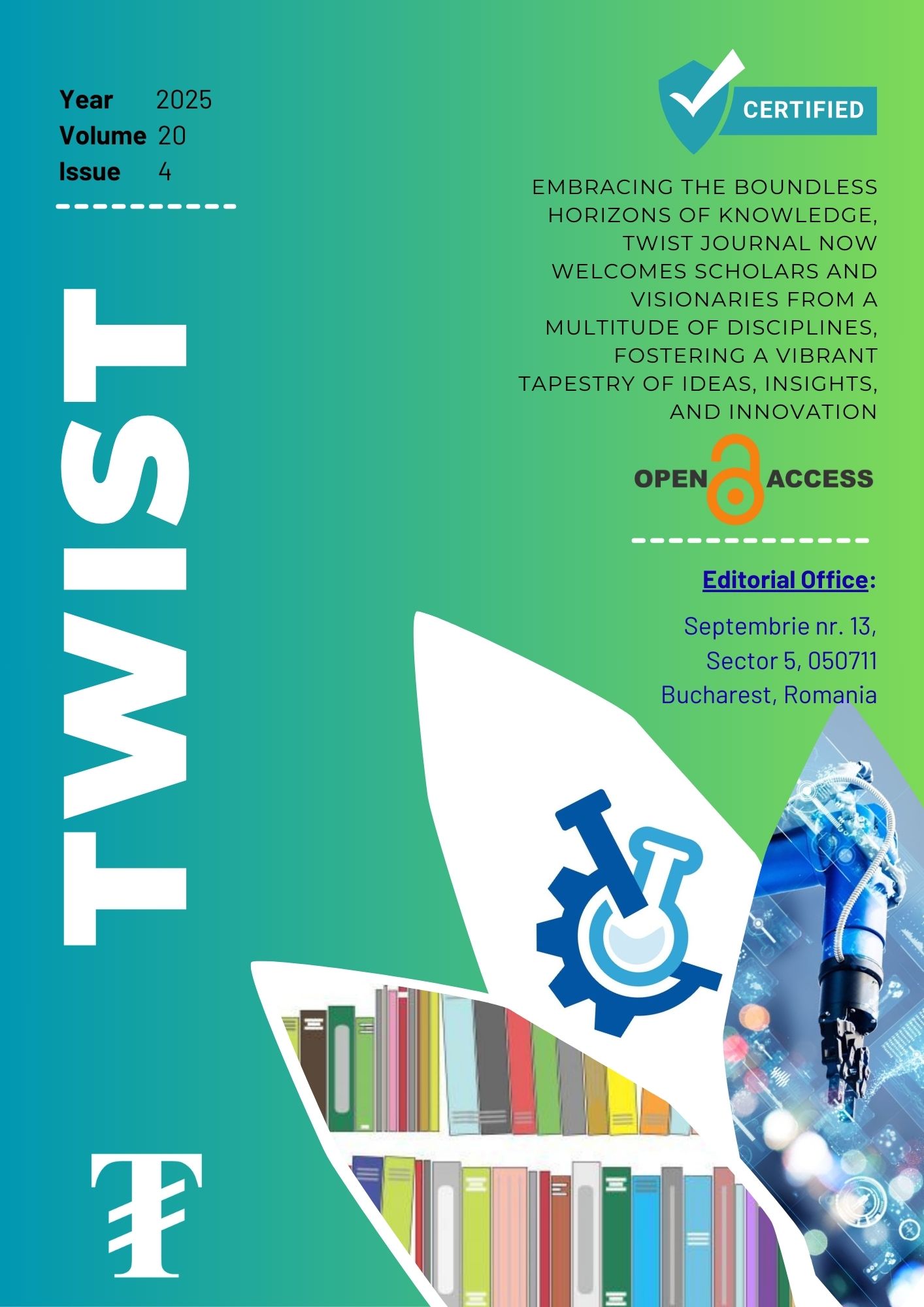Applying Stylistic Approach on The Woman Destroyed by Simone de Beauvoir
Keywords:
Simone de Beauvoir, The Woman Destroyed, Existentialist philosophy, Feminist critique, Narrative voiceAbstract
Simone de Beauvoir's "The Woman Destroyed," released in 1967, delves into existentialist philosophy and feminist ideology through three interrelated novellas. This abstract examines the stylistic characteristics, thematic connections, and critical feedback of the work. Beauvoir's narrative language deeply engages readers in the inner lives of her characters, shedding light on their existential struggles and cultural influences. Scholars have analyzed "The Woman Destroyed" for its in-depth exploration of feminist discourse and existential themes, including autonomy, existential distress, and feminist solidarity. Beauvoir's symbolic imagery, such as mirrors and the colour red, enhances the examination of gender and societal limitations. Moreover, her straightforward and unembellished language adeptly conveys the emotional upheaval of the characters, encouraging readers to sympathize with their existential struggles. "The Woman Destroyed" is a significant reflection of Beauvoir's legacy as an innovative thinker and writer, connecting with readers of all ages through its stylistic choices and subject depth in exploring the human experience.
Downloads
Downloads
Published
Issue
Section
License
Copyright (c) 2024 TWIST

This work is licensed under a Creative Commons Attribution-NonCommercial-ShareAlike 4.0 International License.











